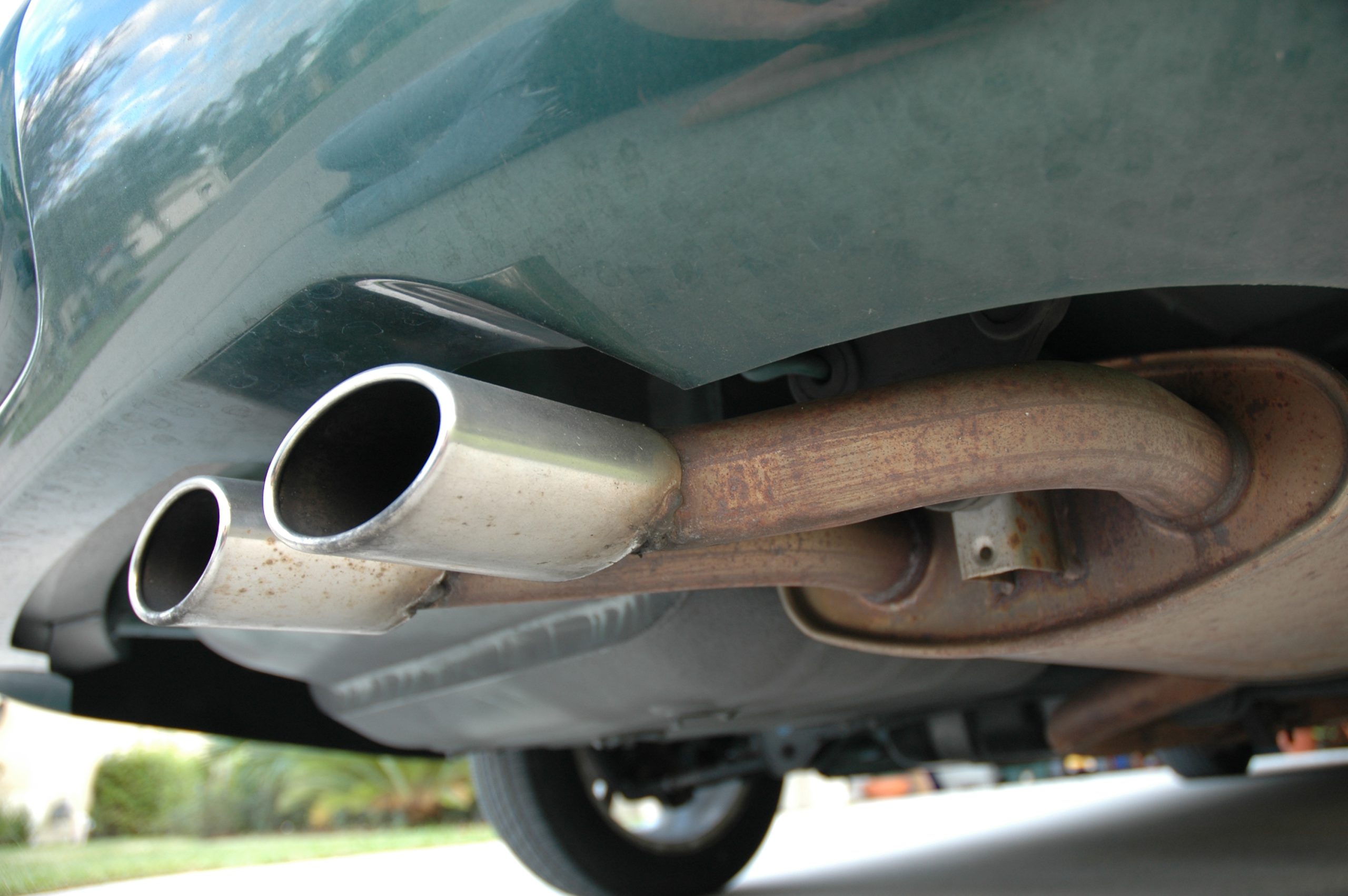A muffler is a part of the exhaust system of an engine. You can usually spot it at the rear of car bottom. It consists of a back-box and one or more tailpipes. It is installed on your car to promote a better airflow out the engine by channeling and dissipating exhaust gases, thus translated to better engine performance and gas mileage. However, it is designed to reduce the noise produced from the exhaust process. In this process, exhaust flows through a perforated tube and the noises exit through the holes in the tube to be absorbed by the packing material.
Mufflers come in varying lengths, designs and material. There are several different muffler design types for you to choose from-spiral baffle muffler with a spiral-shaped baffle system for regular automobiles; vector muffler using several concentric cones, made mainly for bigger diesel trucks; aero turbine muffler, good at taking out the exhaust from combustion cylinders.; split, delay, merge muffler with adjustable exhaust sounds and creating no back pressure; flowmaster muffler having a less constricting construction compared to a normal stock resonator muffler; performance muffler silences noises and improve efficiency by combining straight-through and resonating technology. A performance muffler provides more power output rather than noise reduction. A straight one allows gases to pass through the muffler and out the tailpipe more quickly. A curved muffler can produce a sportier “roaring” sound.
A muffler helps a car pass state-required smog tests. However, it rusts out over time, rots and even falls off the vehicle. Because it is located on the undercarriage, it is easily neglected by car owners. So taking a peek at your muffler from time to time to make sure it looks sound and is securely clamped. Replacing a muffler can be accomplished easily. First, gather the tools and prats you need. The things you’ll need are floor jack, ramps or jack stands, a variety of wrenches and ratchets, propane torch, hammer, hacksaw, lubricant, exhaust hangers, rag and cleaner, protective glasses, gloves, replacement nuts and bolts, replacement gaskets and a new muffler Second, remove the broken muffler. You can use some oil on the nuts and claps to make the loosening more easily. Third, install your new one. The installation is just a reversed one to the removing steps. But forget to seal it with the exhaust pipe and tighten the related clamps and nuts. Finally, you can go for a short test drive.

The easily neglected car parts: muffler
by
Tags:
